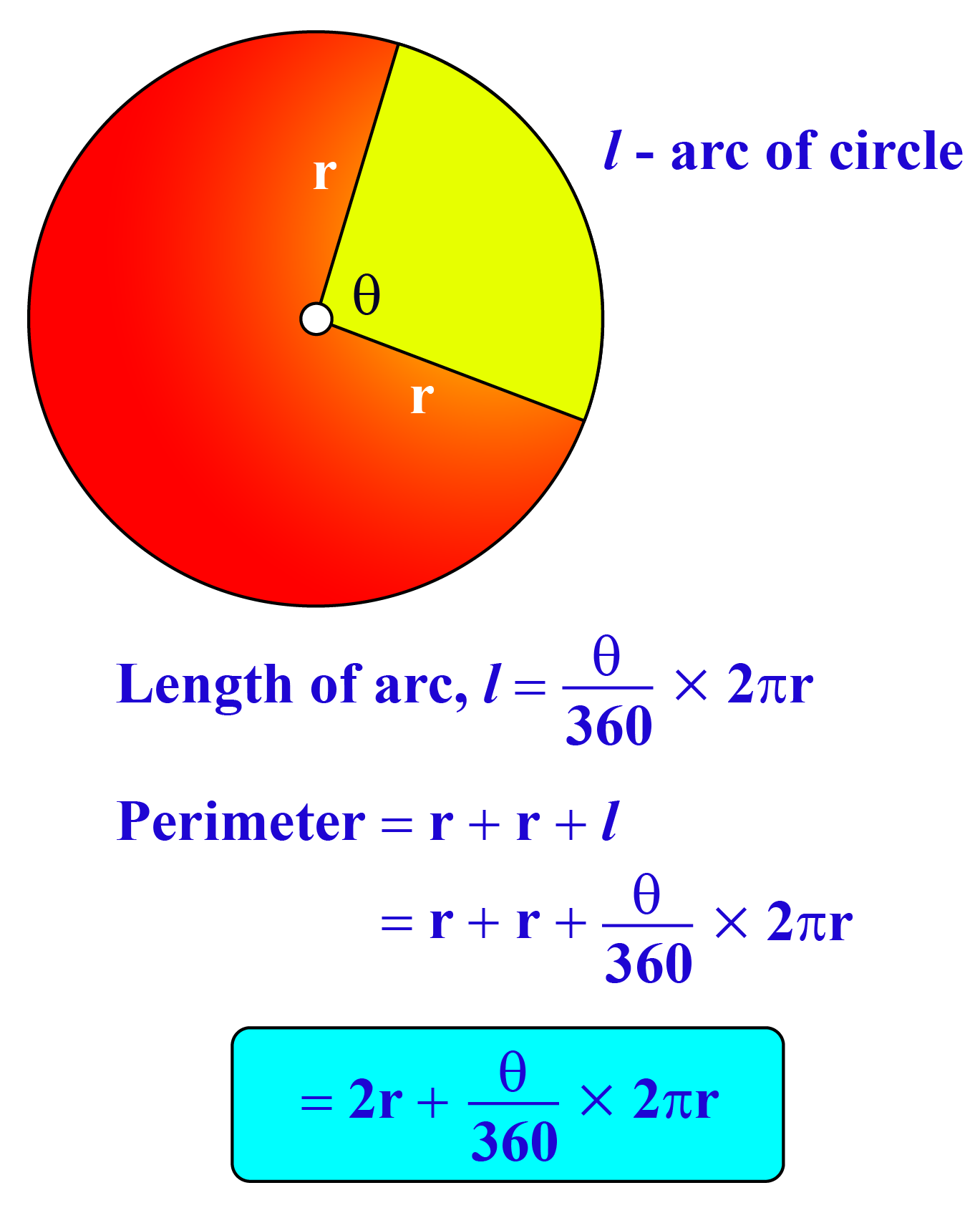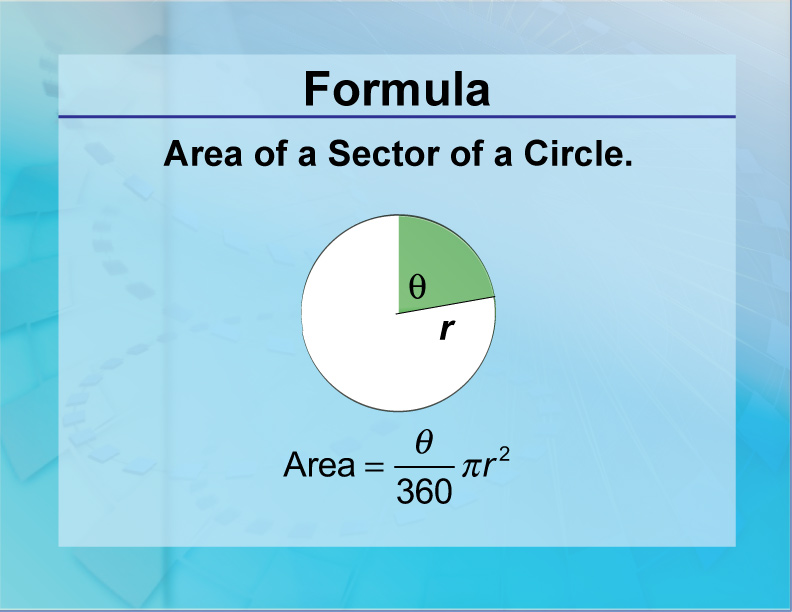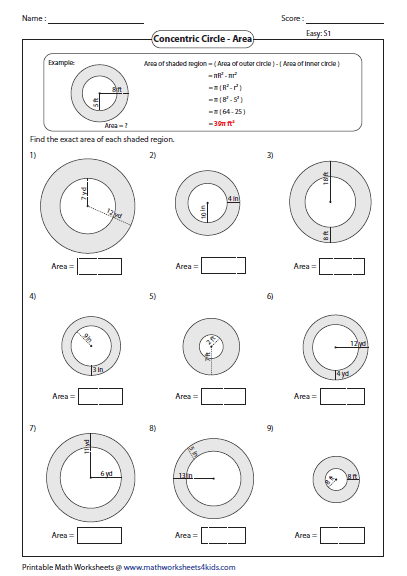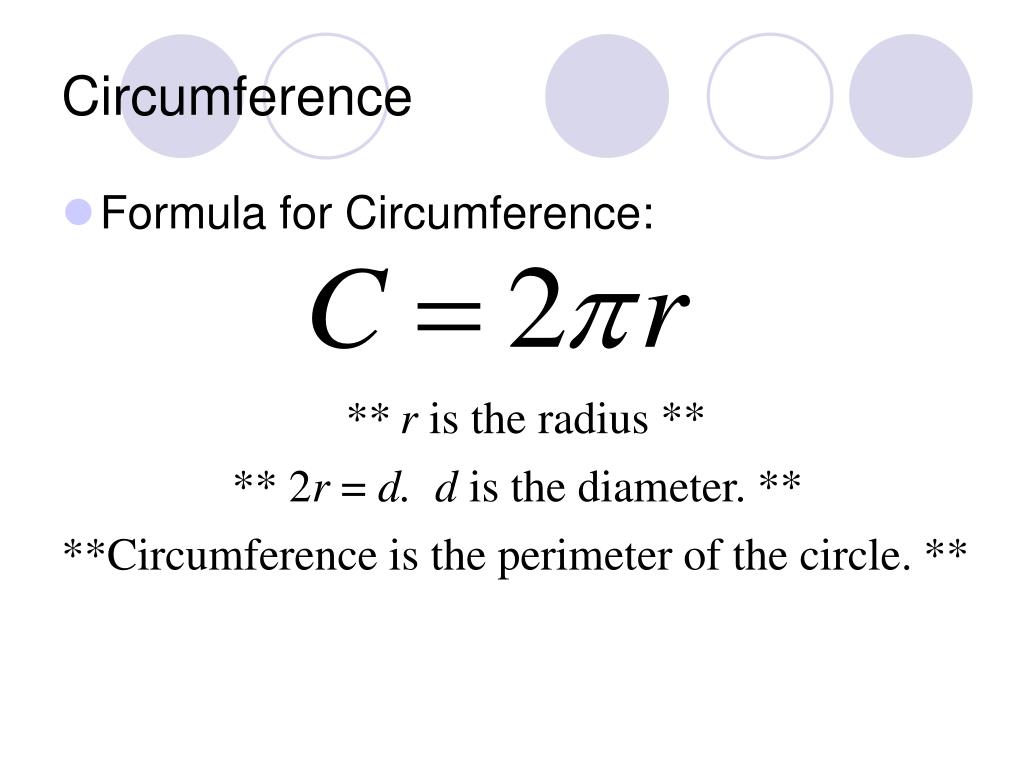The season resumed in Belgium, after the mid-season break. Hamilton started from pole but lost the lead to title rival Vettel on the first lap after a straight-line high-speed pass. Vettel eventually won the race with Hamilton second and Verstappen completing the podium with third. Also notable was a first-corner crash that saw a lock-up by Hülkenberg send Alonso over the top of Leclerc, while Räikkönen and Ricciardo had their own incident that eventually ended both drivers' races.
Racing Point Force India qualified 3rd and 4th on the grid during qualifying, and finished 5th and 6th in the race. In Canada, Vettel won from pole taking the world championship lead by one point from Hamilton. Bottas finished 2nd for the fourth time this season as Verstappen finished third, his qualifying position. The race result was counted back to the standings at the end of lap 68 after the chequered flag was waved a lap early in error – although this did not impact the top 10 standings. The fastest lap of the race however, was affected. Red Bull's Daniel Ricciardo had set two fastest laps on laps 69 and 70, but because the chequered flag mistakenly waved early and the results were taken from lap 68, the fastest lap went to Max Verstappen, who had set it back on lap 65.
The minimum weight of the chassis was raised to 734 kg (1,618.2 lb), in order to accommodate the additional weight of the halo. The mandatory crash tests that each chassis must pass were adjusted to include a new static load test. In order to simulate a serious accident, a tyre was mounted to a hydraulic ram and fired at the crash structure; to pass the test, the chassis and the mounting points for the halo had to remain intact. The technical regulations were updated mid-season to allow teams to mount rear view mirrors to the halo instead of affixing them to the bodywork. Several solutions were tested, with the final design subject to feedback from teams and drivers. The FIA ultimately settled on the "halo", a wishbone-shaped frame mounted above and around the driver's head and anchored to the monocoque forward of the cockpit.
Seventeen accidents were examined as case studies, with the FIA concluding that the halo would have prevented injuries in fifteen of them. In the other two instances – most notably Jules Bianchi's fatal accident – the FIA concluded that although the halo would not have prevented driver injuries, it would not have contributed to or complicated the outcome of the accidents. In Brazil, the penultimate race of the season, Ferrari needed to outscore Mercedes by at least 13 points to remain in contention for the Constructors' Championship. Hamilton started from pole but lost the lead to Max Verstappen on lap 40 as Mercedes had to turn his engine down to prevent failure. Verstappen then looked set to win the race, but was spun around on lap 44 by the Force India of Esteban Ocon who was attempting to unlap himself . Verstappen's spin allowed Hamilton to retake the lead and subsequently win the race.
Räikkönen finished third for Ferrari while his teammate Vettel finished sixth after a sensor problem and a failed gamble on tyre strategy compromised his race. This, combined with Hamilton's win and Bottas's fifth-place finish, allowed Mercedes to clinch their fifth successive Constructors' Championship. In Italy, on Ferrari's home turf, Räikkönen took the fastest ever pole position in F1 history until the 2020 Italian Grand Prix, ahead of teammate Vettel. There was a first lap incident between Hamilton and Vettel which left the latter struggling as he could only manage 4th. During a nail-biting race, Hamilton overtook Räikkönen on lap 45, thus winning his sixth race of the season, with Räikkönen finishing second and Bottas finishing third after a collision with Verstappen.
In Germany, Vettel took his fifth pole of the season on home turf. He led the race until lap 52 when he made a mistake at turn 13 and crashed into the wall following a small rain shower, forcing him to retire. The incident triggered a safety car, which saw the leading cars of Bottas and Räikkönen pit for new tyres. Meanwhile, Hamilton took the lead of the race after starting 14th having made one less pit stop.
After the safety car restart, Hamilton led Bottas home in a 1–2 for Mercedes on home soil with Räikkönen completing the podium for Ferrari. Following widespread criticism of the grid penalty system in 2017 that regularly saw multiple drivers start races outside their qualifying positions, the FIA introduced a revised set of regulations for 2018. If multiple drivers are moved to the back of the grid, their starting positions are determined by the order that components were changed based on the most recent change made by each driver. At his home race in Great Britain, Hamilton took pole on his final flying lap, with the two Ferraris of Vettel and Räikkönen both within a tenth of his time. However, he dropped down to 18th on the first lap after contact with Räikkönen sent him into a spin. Two safety car periods late in the race bunched the field up, one for a single car crash involving Ericsson and the other after contact between Grosjean and Sainz.
Vettel passed Bottas for the lead with 5 laps to go to take his fourth win of the season and extend his championship lead. Hamilton recovered from his first lap crash to take second ahead of Räikkönen. In the event that a race is suspended due to a red flag, it would be restarted with a standing start. Drivers would return to the starting grid in the positions they held at the time of the suspension and the race director would repeat the race start procedure. In Singapore, a track where Mercedes traditionally struggled, Hamilton took pole position with the fastest lap which he described as "magical" and as one of the best laps he's ever done. Hamilton would go on to win the race with title rival Vettel finishing third behind Verstappen.
The race also saw both Kevin Magnussen and Haas get their first fastest lap. The championship started in Melbourne with the Australian Grand Prix. Kimi Räikkönen finished third in the other Ferrari ahead of Red Bull Racing's Daniel Ricciardo. McLaren ended the first race of their partnership with Renault with a fifth and ninth place for Alonso and Vandoorne respectively. Max Verstappen finished sixth after an early spin ahead of Nico Hülkenberg.
Valtteri Bottas was eighth, having started fifteenth when he took a penalty for a gearbox change after a heavy crash in qualifying. Carlos Sainz Jr. completed the points-scoring positions in tenth. Charles Leclerc and Sergey Sirotkin both made their competitive débuts for Sauber and Williams respectively.
Leclerc finished thirteenth while Sirotkin retired with a brake failure. At the United States Grand Prix Hamilton could win the world championship if he outscored Vettel by 8 points or more. It was Hamilton who took pole with Räikkönen starting second. Vettel actually qualified second but had to start fifth after being penalised for not slowing enough during a red flag period in first practice. The race was won by Räikkönen, his first win in 114 grand prix which was a new record. Verstappen finished second and Hamilton third, as Vettel finished fourth.
Hamilton only outscored Vettel by three points meaning he had failed to wrap up the title on his first attempt. Hamilton took pole position and victory in the returning French Grand Prix, taking the world championship lead back with 14 points, with Vettel finishing only 5th after a first corner crash with Bottas. Verstappen finished second, taking advantage of the Vettel–Bottas crash.
Räikkönen finished third, passing Ricciardo in the closing laps of the race. In Spain, Hamilton had taken pole position. However, the first lap saw the safety car deployed when Haas's Romain Grosjean spun off at turn 3. He had spun back onto the track, but his spinning rear tyres caused a plume of smoke to bellow, which Pierre Gasly of Toro Rosso and Nico Hülkenberg of Renault got caught in and led to a 3-car retirement. In the end, Hamilton won comfortably in Spain, extending his lead to seventeen points. Bottas finished second while Verstappen finished third, his first podium of the season.
In Abu Dhabi, the final race of the season, the safety car was brought out on the first lap when Renault's Nico Hülkenberg barrel-rolled into the barricade at turn 9 after accidentally colliding with Grosjean. In his final race for Ferrari, Raikkonen retired on lap 7 when his engine failed, triggering the virtual safety car. In the end, Hamilton won with Vettel finishing second, and the two Red Bulls third and fourth. After the race, Hamilton and Vettel flanked the retiring Fernando Alonso on the post-race lap, and all three drivers performed synchronized "donuts" on the finish straight. Hamilton took his first win of the year in Azerbaijan and with it, the lead in the Drivers' Championship.
Räikkönen finished 2nd while Sergio Pérez claimed 3rd. With 10 laps to go, Bottas was leading followed by Vettel and Hamilton. When the Red Bulls crashed they brought out the safety car.
Bottas pitted under safety car and came out still leading but a puncture on the penultimate lap caused him to retire. Vettel, who was second behind him at the restart, locked up on cold tyres at turn 1 and went wide, dropping behind the remaining top three. Force India were placed into administration on 27 July 2018, during the Hungarian Grand Prix weekend.
After speculation of a purchase, any sale of the team in a short time-span was complicated by legal proceedings against certain shareholders and the need for debt settlement. A consortium led by Lawrence Stroll purchased the racing assets and operations of Force India through a company named Racing Point UK Ltd. The original team, known as "Sahara Force India", was then excluded from the Constructors' Championship on the grounds of their inability to participate in remaining races. This allowed a new team known as "Racing Point Force India" to apply for a late entry and start their participation in the championship from the Belgian Grand Prix.
The team was required to keep "Force India" as part of their constructor name as their chassis had been homologated under the Force India name and Formula One sporting regulations required the constructor name to include the chassis name. The new team began with zero points in the Constructors' Championship, though their drivers retained the points they had scored in the Drivers' Championship. The other teams later agreed to allow the Racing Point Force India team to retain prize money accrued by Sahara Force India in the preceding years. In Mexico, Vettel needed to win the Grand Prix and Hamilton 8th or lower for the Championship to remain in contention. Red Bull's Daniel Ricciardo secured his latest pole position, but would eventually retire from the Grand Prix with an engine failure, his eighth failure to finish during the season. His teammate, Max Verstappen won by 17.3 seconds while Vettel came in second place.
Hamilton finished in 4th place, which was enough to secure his fifth Drivers' Championship. Power unit suppliers are required to provide all teams using their engines with an identical specification of power units. The change was introduced to ensure parity after Mercedes's works team was observed to have access to additional engine performance settings that were not available to their customer teams. The season was, for the second consecutive year, a title battle between Mercedes and Ferrari.
The 2018 season saw two four-time World Champions, Lewis Hamilton and Sebastian Vettel, as the main Championship challengers. It was the first time in Formula One history, two quadruple world champions would be competing for a fifth title and the season was billed as the Fight for Five by journalists and fans. Hamilton won the World Drivers' Championship title, while his team, Mercedes, secured the World Constructors' Championship title.
Hamilton clinched his fifth title at the 2018 Mexican Grand Prix, with the team securing its fifth consecutive title at the following race. Ferrari driver Sebastian Vettel finished runner-up, 88 points behind Hamilton, with his teammate Kimi Räikkönen finishing third. In the Constructors' Championship, Mercedes finished 84 points ahead of Ferrari, with Red Bull Racing-TAG Heuer in third, 152 points behind Ferrari. In Russia, Bottas started from pole and was the virtual race leader for the first half of the race but obeyed team orders and allowed Hamilton to overtake him on lap 26.
This allowed Hamilton to win the race followed by Bottas and Vettel. In Austria, Bottas started the race on pole, followed by Hamilton and Räikkönen. However, in the race, both Mercedes suffered from technical problems and neither one was able to finish the race.
Ricciardo also retired from the race. Verstappen won, followed by Räikkönen in 2nd and Vettel in 3rd. Haas took full advantage of the Mercedes and Ricciardo retirements and finished 4th and 5th . Vettel re-took the lead of the championship by 1 point, following Hamilton's retirement. The FIA made several changes to its trackside procedures to further accommodate the halo.
The time limit on the extraction test – the test of a driver extracting himself from the survival cell of a crashed car – was extended to allow drivers more time to escape. The starting gantries at circuits were also lowered to improve the visibility of the starting lights. Restrictions against the practice of oil burning, where engine oils are burned as fuel to boost performance, were also introduced. The practice, which was first used in 2017 saw teams burning as much as 1.2 litres per one hundred kilometres.
For the 2018 championship, this figure was revised down to a maximum of 0.6 litres per one hundred kilometres. The rules were further amended to restrict teams to using a single specification of oil, which must be declared before the race. These oils are subject to stricter definitions of what is considered "oil" in order to prevent teams from using exotic blends designed to boost performance. Teams are also required to inform the stewards of the mass of oil in each oil tank before the race. The FIA introduced tighter restrictions on racing licences issued to drivers taking part in free practice sessions.
Candidate drivers are required to complete a minimum number of Formula 2 races or earn twenty-five superlicense points over a three-year period. The changes were introduced to address concerns about drivers who would not be able to meet the standards required to compete in Formula One having access to Formula One cars. Charles Leclerc, the reigning Formula 2 champion, made his competitive début with Sauber. Leclerc, who had previously driven in Friday practice sessions in 2016 and 2017, was hired by the team to replace Pascal Wehrlein. Wehrlein was ultimately unable to secure a race seat and was instead enlisted as one of Mercedes's test and reserve drivers while racing full-time in the Deutsche Tourenwagen Masters series.
Daniel Ricciardo set the fastest lap on lap 70, but an error in the chequered flag being waved early saw the race results validated on lap 68. Max Verstappen was officially recognised as setting the fastest lap. The quantity of power unit components a driver may use during the season was reduced from four complete power units during the entire season in 2017 to a new system where each of the power unit components is considered separately. However, in China, Vettel's winning run was broken, with Ricciardo's 2 stop strategy helping the Australian to his sixth career victory, ahead of Bottas and Räikkönen.
Ricciardo pitted for a new set of softs with 20 laps to go under safety car while the leaders stayed out on their used set of mediums, he then fought his way past both Ferraris and Mercedes to the lead. Vettel then won from pole at the next round in Bahrain, holding off a late charge from Bottas to win by seven-tenths of a second. Hamilton finished third despite a 5 place grid penalty for a gearbox change and contact with Verstappen on the second lap. Further changes to the technical regulations require the temperature of air in the plenum chamber – adjacent to the turbocharger – to be more than 10 °C above the ambient air temperature. This rule was introduced in a bid to limit the performance gains possible via charge air cooling. Active control valves, which electronically regulate the flow of fluids between power unit components, were also banned.
Toro Rosso parted ways with Renault – allowing McLaren to finalise their agreement with Renault – and came to an agreement to use Honda power units. As part of the deal, Red Bull Racing loaned Toro Rosso driver Carlos Sainz Jr. to Renault's works team. The following teams and drivers participated in the 2018 FIA Formula One World Championship. All teams competed with tyres supplied by Pirelli. In 2018, the championship saw the introduction of a new cockpit protection device, known as the "halo".
The introduction of the halo was the first stage of a planned rollout that would see the device adopted in all FIA-sanctioned open wheel series by 2020. In Japan, Hamilton took the pole which he then converted into victory after leading every lap, he was followed by Bottas in second and Max Verstappen in third. This was Hamilton's 80th pole position and Bottas's 30th podium finish. Tyre partner and supplier Pirelli provided teams with two new tyre compounds in 2018. Each of the 2017 compounds was made softer, with a new "hypersoft" tyre becoming the softest of the nine and a new "superhard" tyre to be the hardest. The hypersoft compound was marked by a pink sidewall, while the superhard was orange.

























































